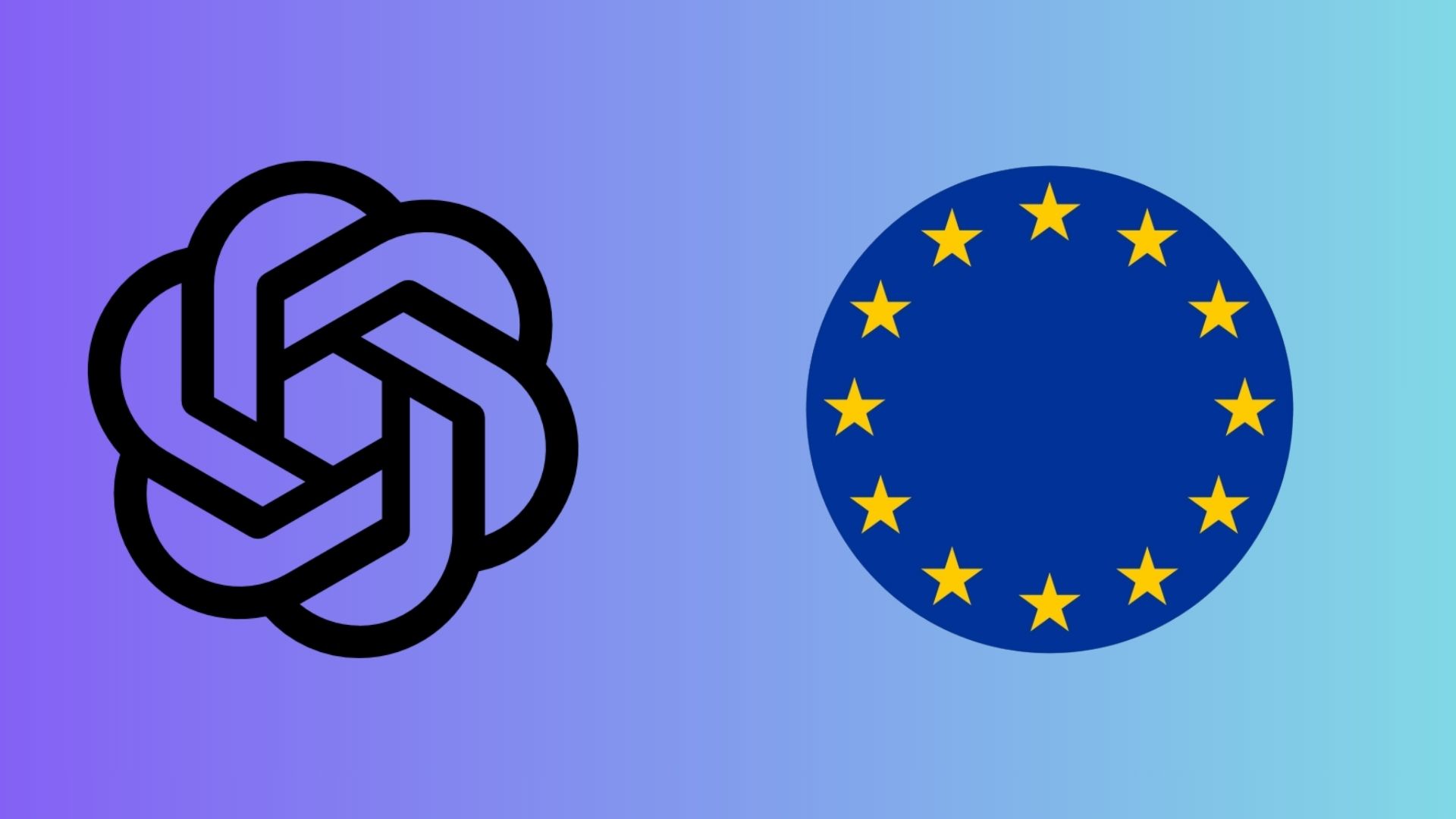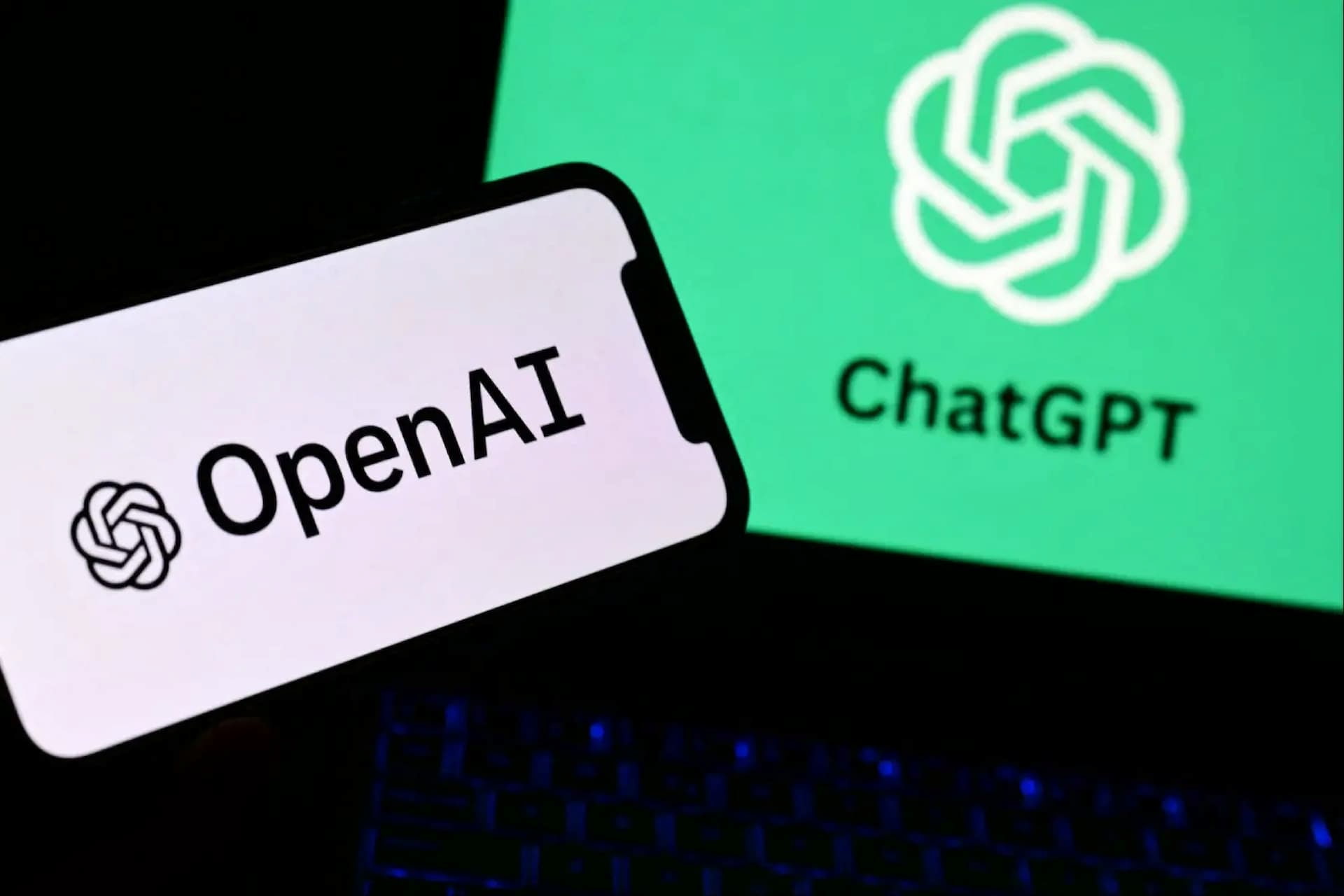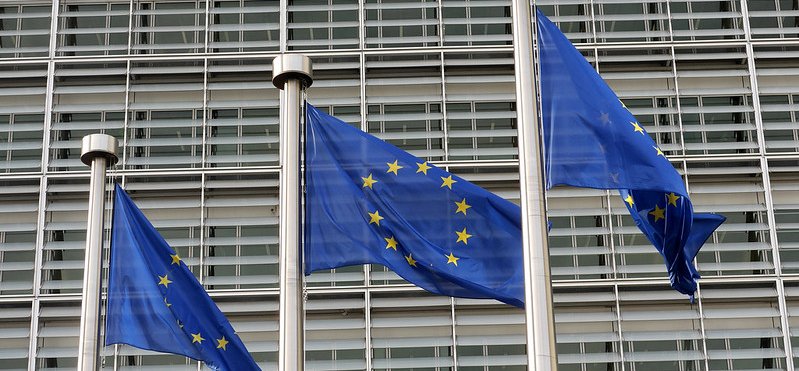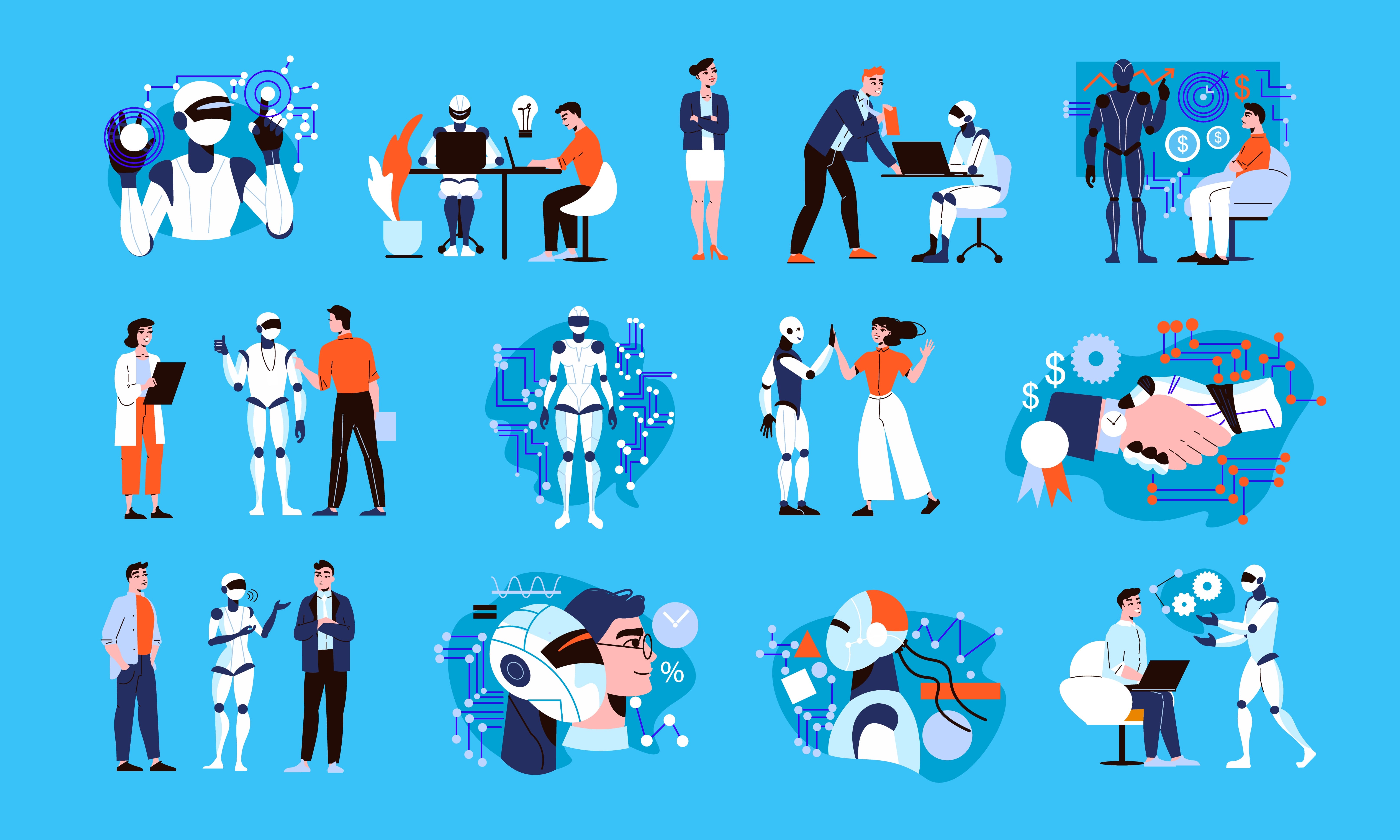Google researchers have unveiled CodeMender, an AI-powered agent designed to automatically detect and fix software vulnerabilities.
The tool aims to improve code security by generating and applying patches that address critical flaws, allowing developers to focus on building reliable software instead of manually locating and repairing weaknesses.
Built on the Gemini Deep Think models, CodeMender operates autonomously, identifying vulnerabilities, reasoning about the underlying code, and validating patches to ensure they are correct and do not introduce regressions.
Over the past six months, it has contributed 72 security fixes to open source projects, including those with millions of lines of code.
The system combines advanced program analysis with multi-agent collaboration to strengthen its decision-making. It employs techniques such as static and dynamic analysis, fuzzing and differential testing to trace the root causes of vulnerabilities.
Each proposed fix undergoes rigorous validation before being reviewed by human developers to guarantee quality and compliance with coding standards.
According to Google, CodeMender’s dual approach (reactively patching new flaws and proactively rewriting code to eliminate entire vulnerability classes) represents a major step forward in AI-driven cybersecurity.
The company says the tool’s success demonstrates how AI can transform the maintenance and protection of modern software systems.
Would you like to learn more about AI, tech and digital diplomacy? If so, ask our Diplo chatbot!










